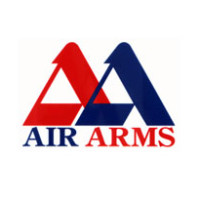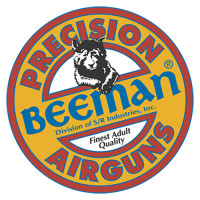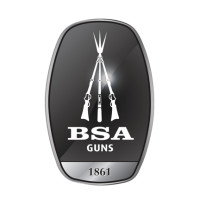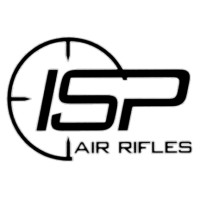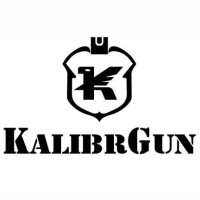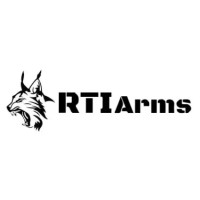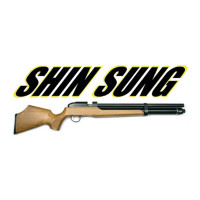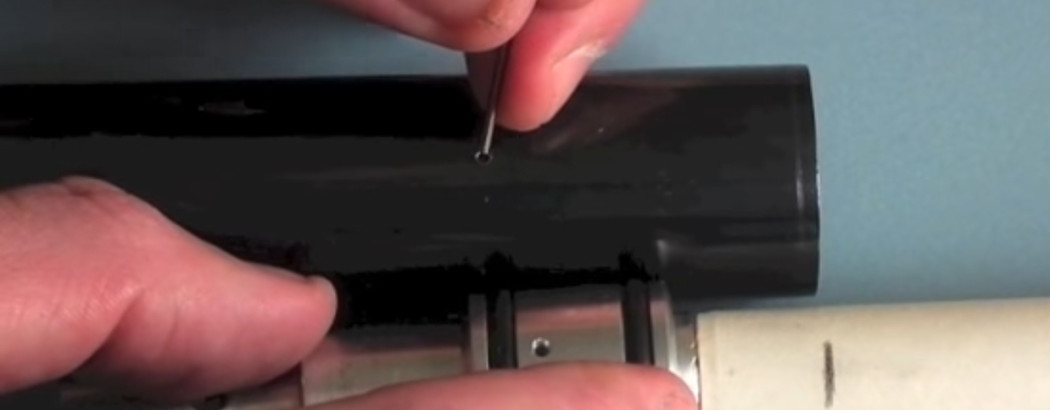
1. Measuring Internal Diameter, Ready for Fitting a Regulator or De-pinger
Although we keep an extensive list of many airgun cylinder measurements, or the rare occasion we may insist that the customer measure up and send us the details, it's important to know the internal diameter of the airgun's air cylinder as this will help determine the correct size of regulator or de-pinger to use. One way to measure the internal diameter is to use digital callipers or a micrometre, which can provide precise measurements in millimetres. Another option is to use a common tool called a "bore gauge" which is designed specifically for measuring internal diameters. Accurate measurements are crucial to ensure that the regulator fits properly and works effectively.
2. Cleaning Your Air Reservoir / Tank Before Fitting
Before installing a regulator, it's crucial to prepare the air reservoir properly to ensure a smooth and safe installation. This involves cleaning the inside of the cylinder to remove any scratches or debris. A spotless and scratch-free cylinder is necessary, especially if you're drilling a breathe hole.
It's equally important to use the right procedure for the type of cylinder you're working with. For aluminum cylinders, a simple wipe down and clean will do the job. By following these steps, you can ensure a successful and effective regulator installation.
3. How to Measure Your Outlet Chamber Volume
4. Outlet Valve Stand Offs
5. Drilling the Breathe Hole (If Required)
I have been increasingly finding that folks seem to think you HAVE to drill a breathe hole, that is correct on about 15-20% of airgun models available these days. In most cases, simple installation can be made by removing the reservoir end seal (so as to let the regulator breathe). Some makes, models and powers of airgun must have a breathe hole as it is not always possible to design or manufacture a regulator without the need to have a hole drilled (this goes for any type of regulator brand or model).
Any regulator kits we sell for airguns that DO require a breathe hole to be drilled, come with additional package contents such as drill bits to help aid you in installation. As long as you follow the product manual, drilling a breathe hole is a simple task to undertake. For those still struggling, we provide friendly customer support over the phone or by email.
The video to accompany this article is by Robert Lane. He covers all the details on everything you need to know in the event that you DO need to drill a breathe hole to successfully install any type of airgun regulator.
6. Transfer Port Size Adjustment (Series 1-4)
Part 1
Part 2
Part 3
Part 4

